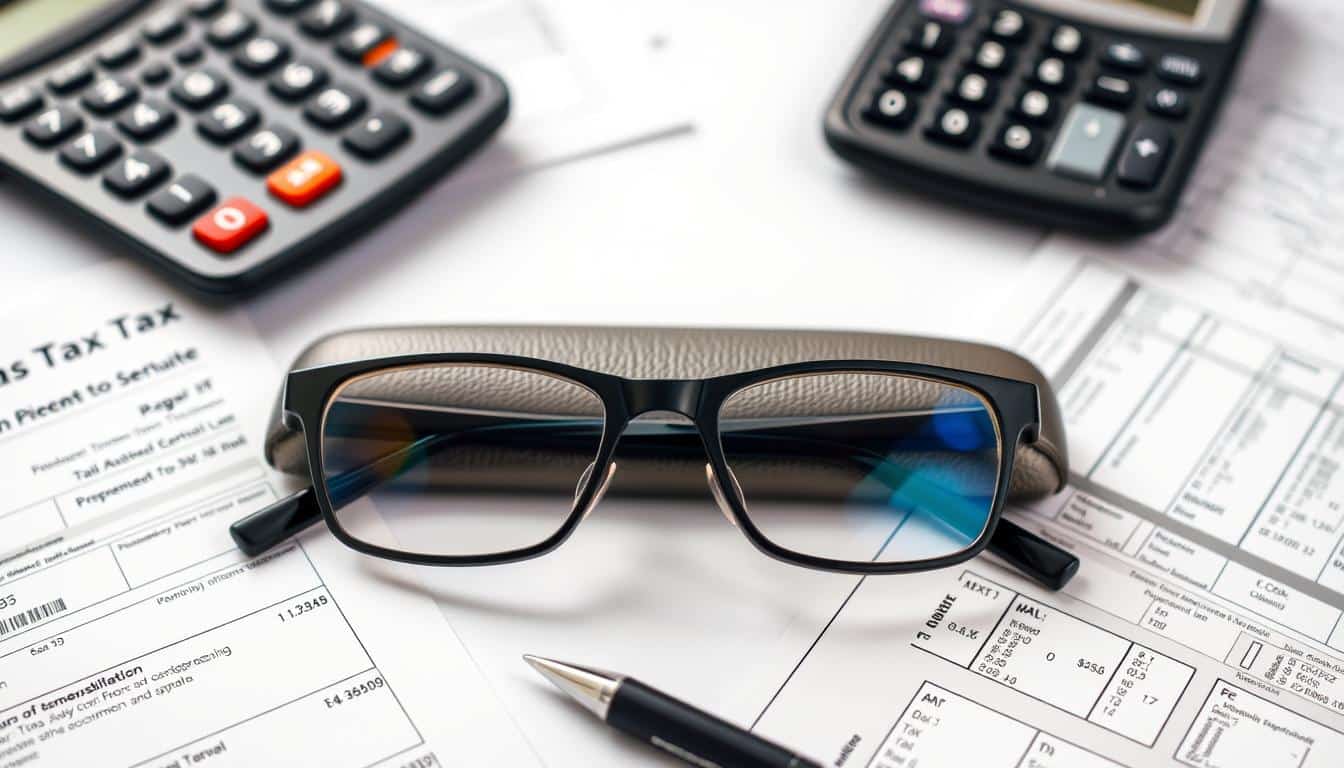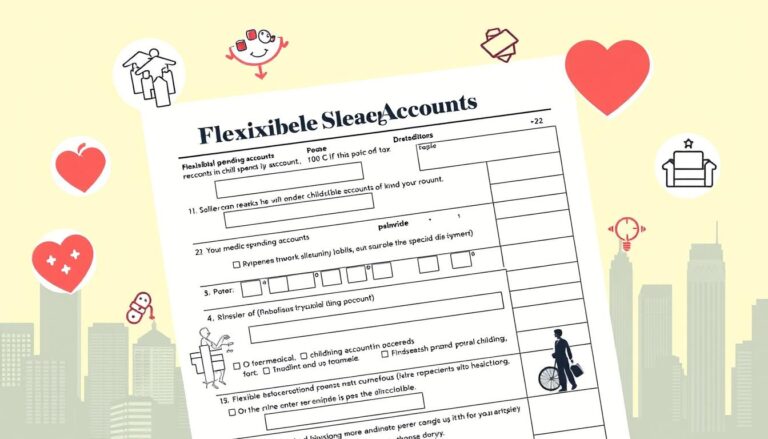Are you ready to see the light when it comes to tax savings? It’s important to understand how tax-deductible glasses and contacts can help your finances. By seeing your eyewear as medical expenses, you could boost your Schedule A deductions. This part will explain what counts as a deduction and guide you through the world of vision expenses.
With possible savings on your tax return, it’s time to focus on these often-overlooked benefits!
Key Takeaways
- Prescription eyewear is generally considered a tax-deductible medical expense.
- Among qualified medical expenses are contact lenses and cleaning solutions.
- The deduction can be itemized on form 104, Schedule A for you and your dependents.
- Expenses must exceed 7.5% or 10% of your adjusted gross income to qualify.
- Every legal medical expense counts; maximize your deductions!
Understanding Tax-Deductible Medical Expenses
Many taxpayers miss out on tax deductions for medical expenses. Knowing what counts can boost your refund. The IRS says you can deduct a wide range of medical costs. This includes costs for diagnosis, treatment, and prevention of illness.
For example, eyeglasses are deductible. But, remember, not all health-related costs qualify. Costs for general health improvement or cosmetic procedures don’t count.
What Qualifies as a Medical Expense?
To qualify, a medical expense must be more than 7.5% of your adjusted gross income (AGI). This rule lets you deduct big medical costs. Many expenses are deductible, including:
- Payments to medical practitioners such as doctors, dentists, and surgeons.
- Inpatient hospital care, residential nursing home care, and even acupuncture treatments.
- Prescription medicines, insulin, hearing aids, and definitely, prescription eyeglasses.
- Transportation costs linked to medical care, including gas and ambulance fees.
- Health insurance premiums, with specific exclusions like employer-sponsored plans.
Keep receipts and documents for at least three years. This is key for itemized deductions.
Itemizing Deductions on Your Tax Return
To claim medical expenses, you’ll need to fill out Form 1040 Schedule A. Only deduct expenses over 7.5% of your AGI. This form helps you organize your medical costs.
If you have a health account like an HSA or FSA, you can’t deduct those costs. Knowing these rules helps you follow IRS rules and get the most benefits.
Are Glasses and Contacts Tax Deductible?
Exploring if glasses and contacts can reduce your taxes is important. These items can be tax-deductible under certain conditions. Knowing the rules for deducting glasses, the costs involved, and how it affects dependents is crucial for your financial planning.
Eligibility Criteria for Deductions
To start, your medical expenses must be deemed necessary. The IRS says you need to spend more than 7.5% of your adjusted gross income (AGI) on medical costs. If you hit this mark, you can deduct expenses like prescription glasses and contact lenses. This can help clear up your financial situation. Remember, the rules might change based on whether you use the standard deduction or itemize on your tax return.
Costs Associated with Glasses and Contacts
Prescription eyeglasses are not the only deductible expense. Other vision-related costs are also eligible. Here are some examples:
- Contact lens cleaners
- Saline solutions
- Prescription safety glasses
Claiming these costs can greatly reduce your family’s medical expenses. It’s important to keep detailed records and receipts for your claims.
Dependent Deductions
Expanding your deductions can benefit your family. Medical expenses, including eyewear, for a spouse or dependents can be claimed. This can lead to big savings, especially in families where many members need vision correction. By understanding the deductions available, you can make the most of your benefits.
Maximizing Your Tax Benefits
To get the most out of your tax benefits for vision care, you need a plan. It’s important to know what expenses qualify for medical deductions. For example, things like contact lenses, their cleaners, and saline solutions can help lower your taxes.
Choosing to itemize your deductions can also save you more money. This way, you can take full advantage of what you’re eligible for. It’s a smart move to make sure you’re not missing out on any savings.
Don’t forget about FSA and HSA qualified expenses. While you can’t deduct expenses paid through these accounts later, using them wisely can save you a lot. It helps you cover vision-related costs without breaking the bank.
And remember, keep your receipts in order. They might seem small, but they’re crucial if the IRS asks for proof. If your medical expenses are over 7.5% of your income, you can deduct them. By following these tips, you can make sure you’re getting the most out of your taxes. Get ready to enjoy the benefits of smart financial planning, especially as tax season comes around.








